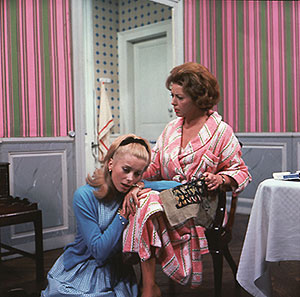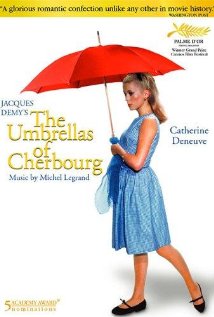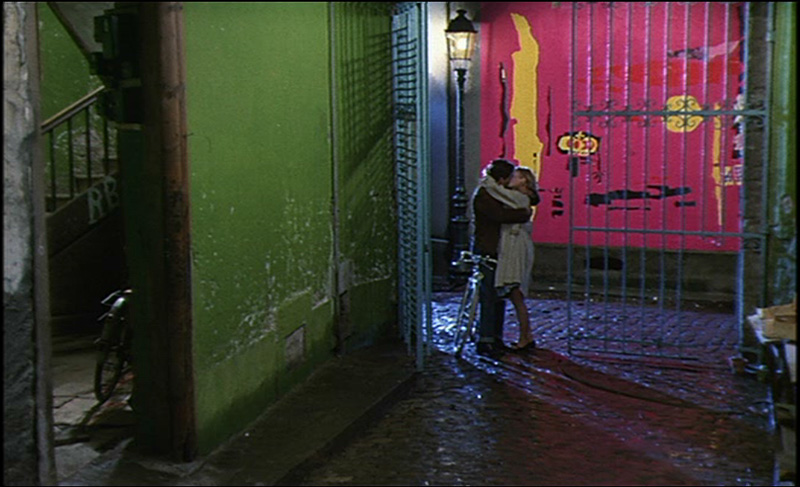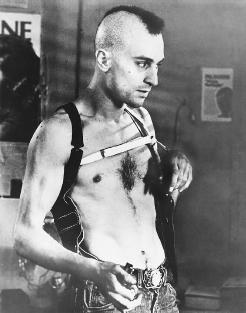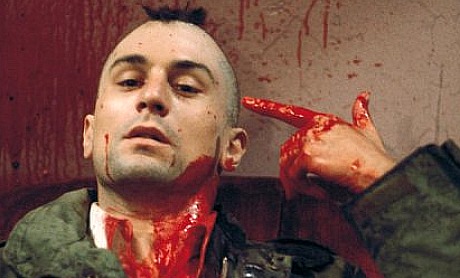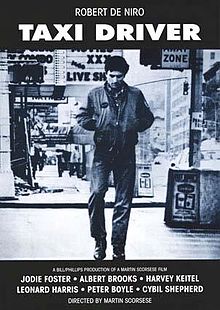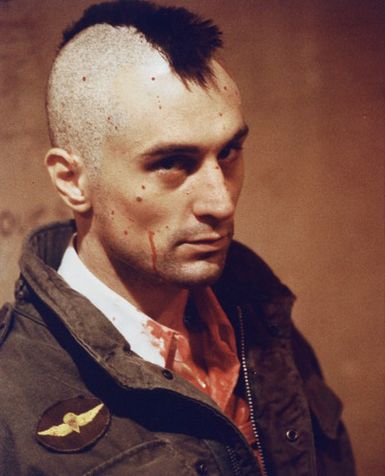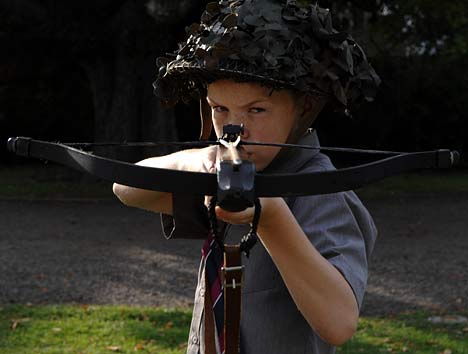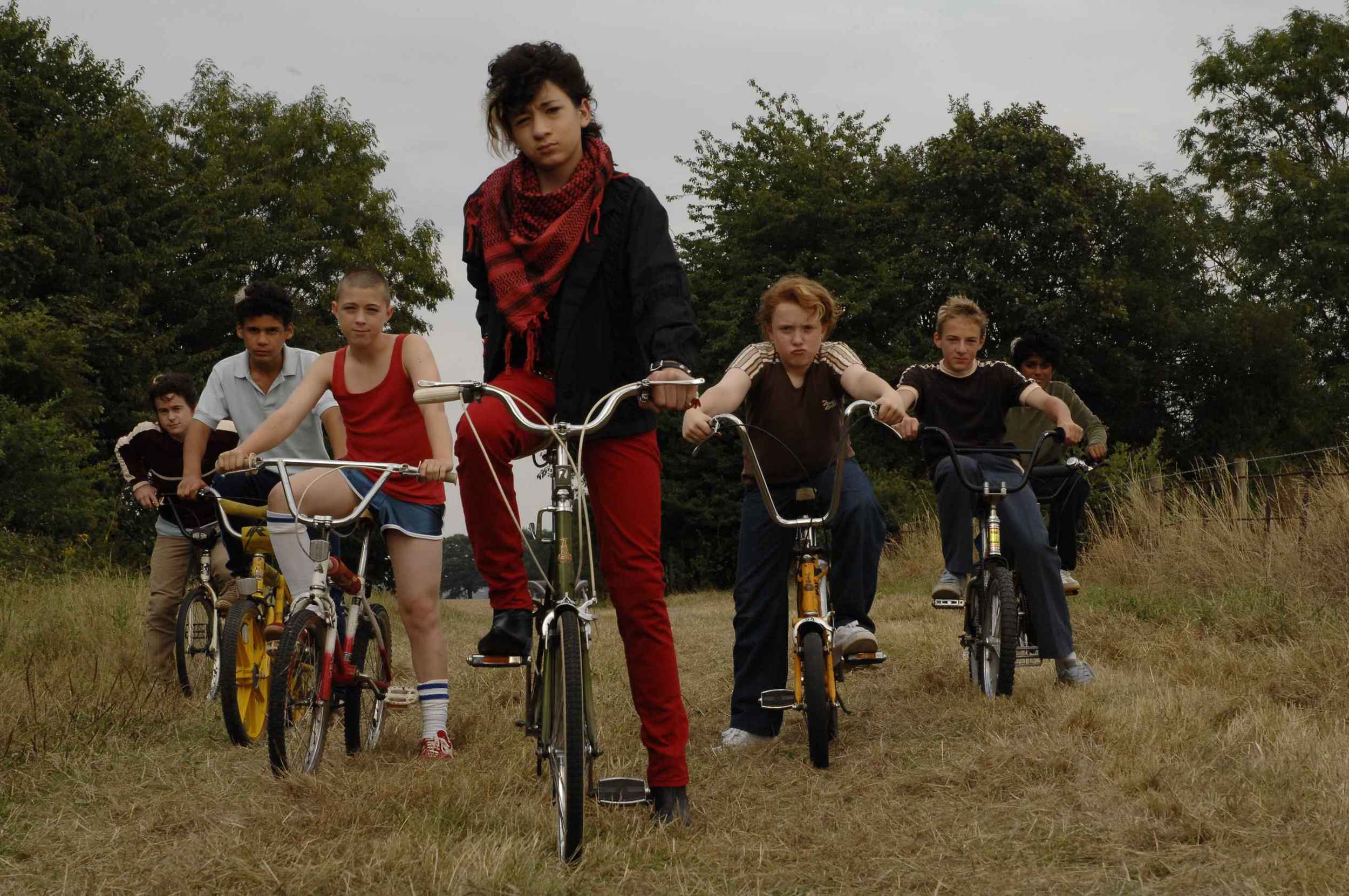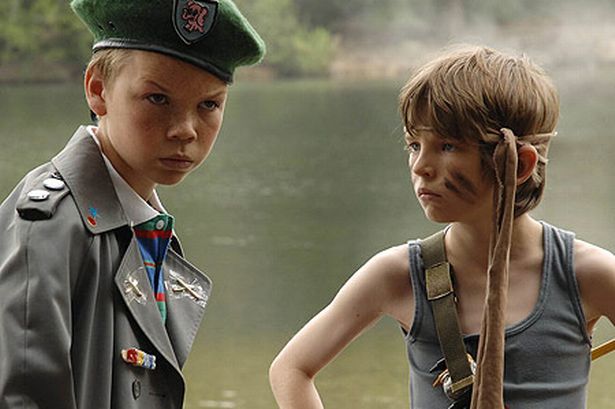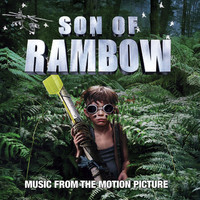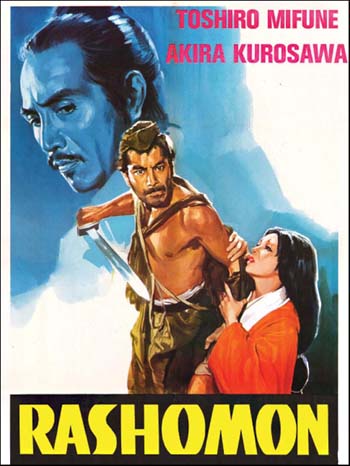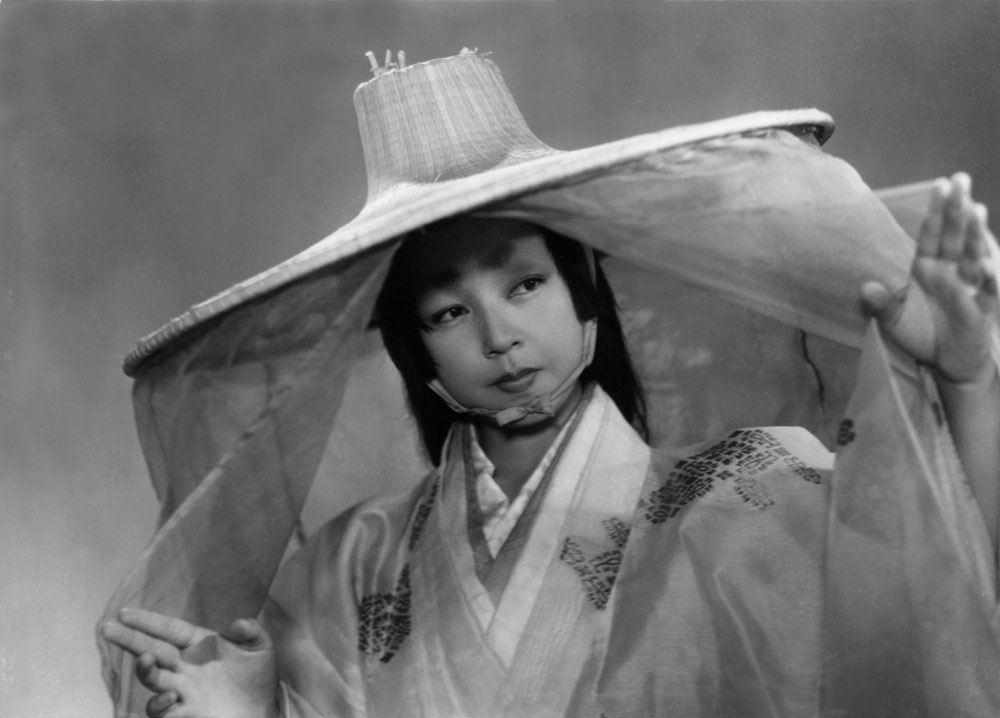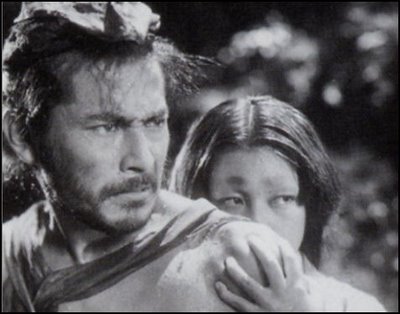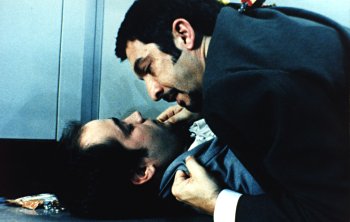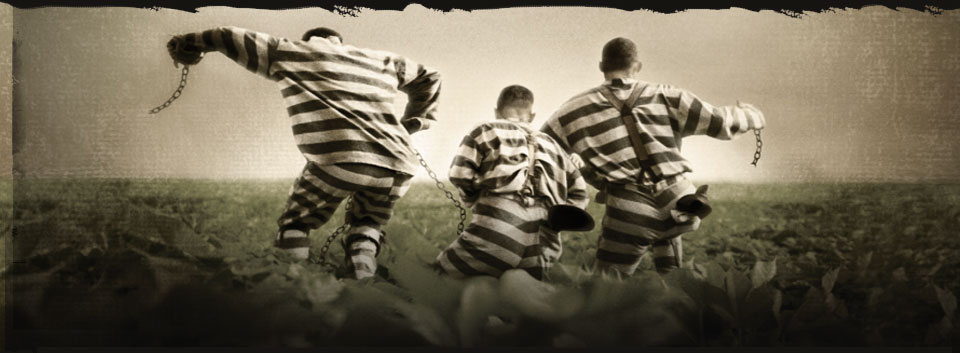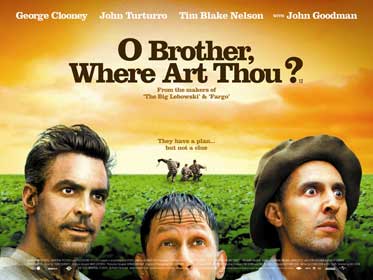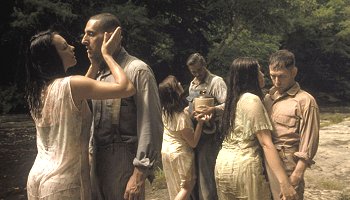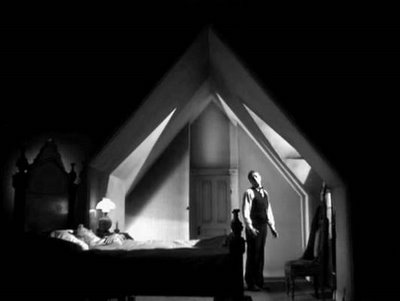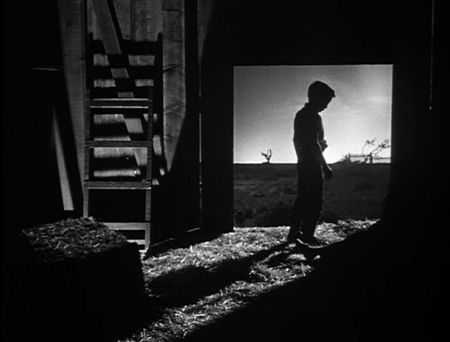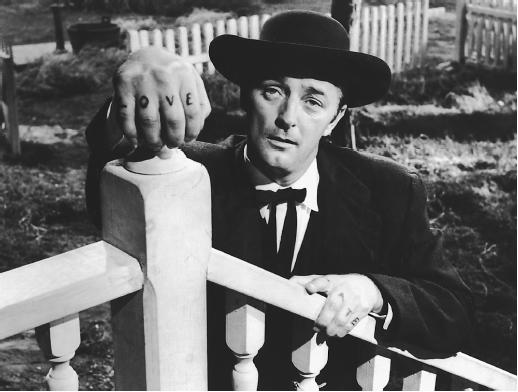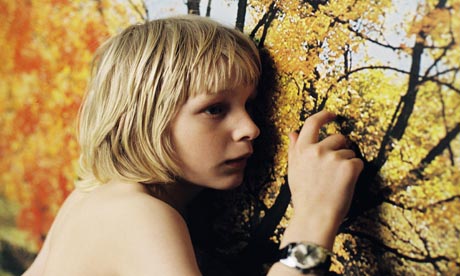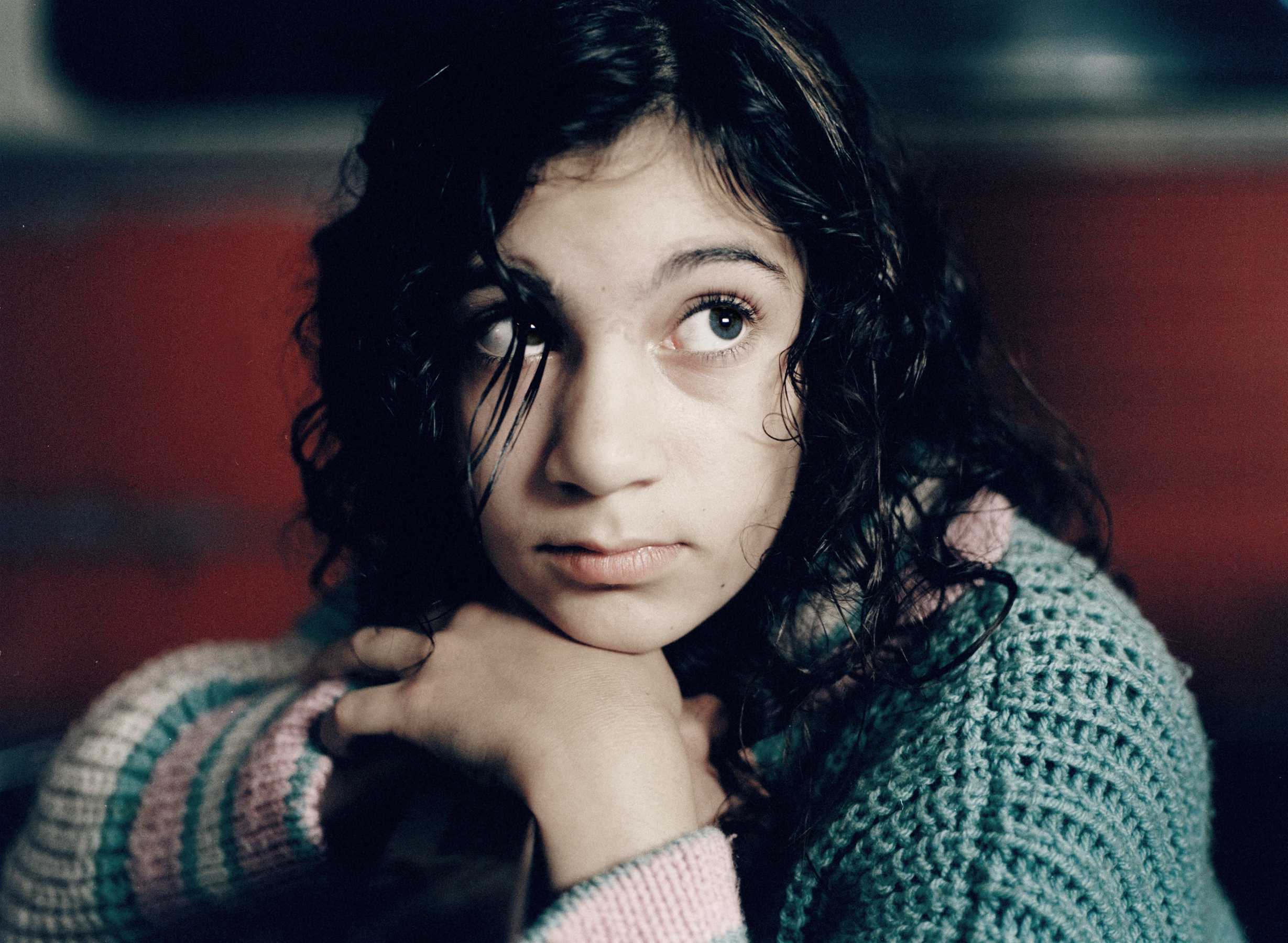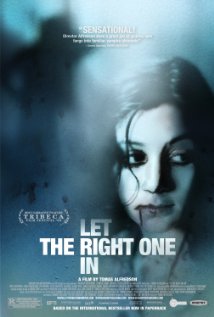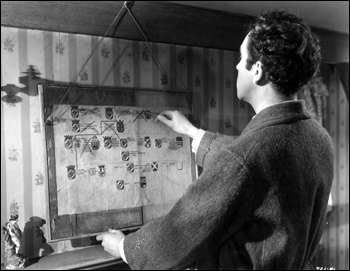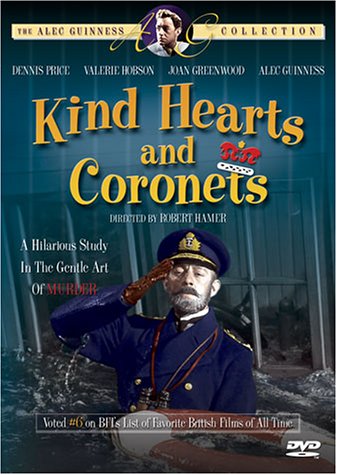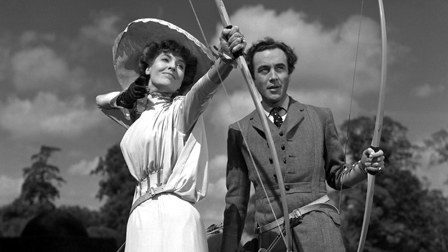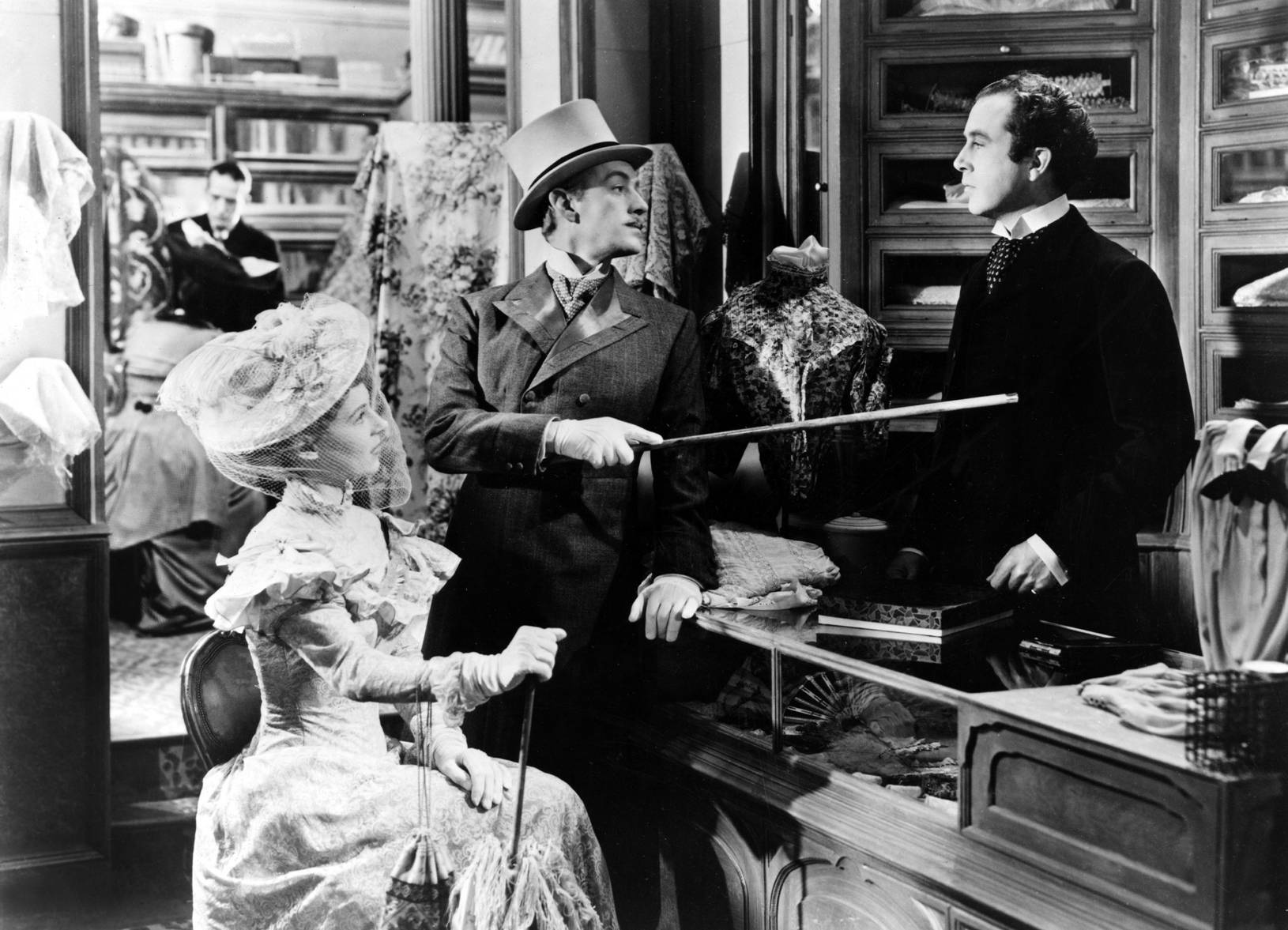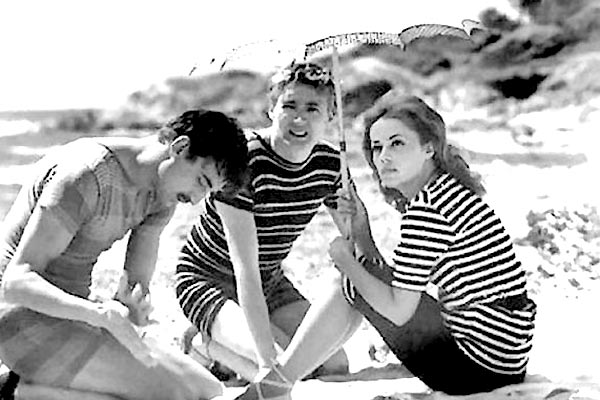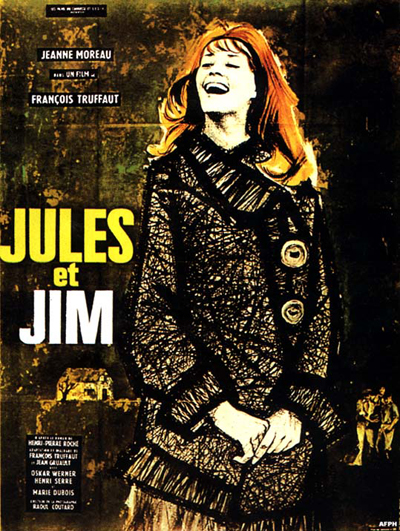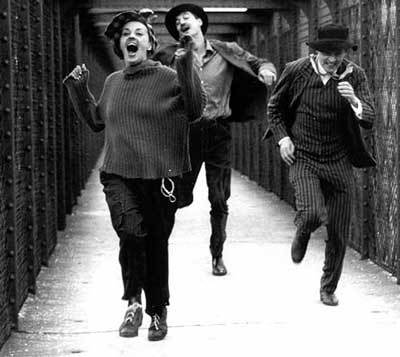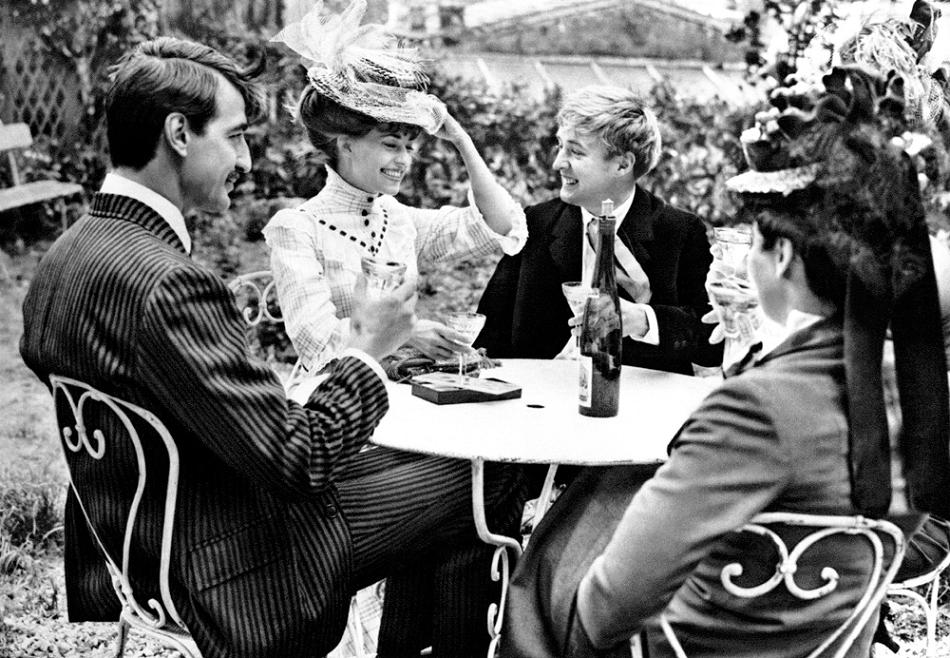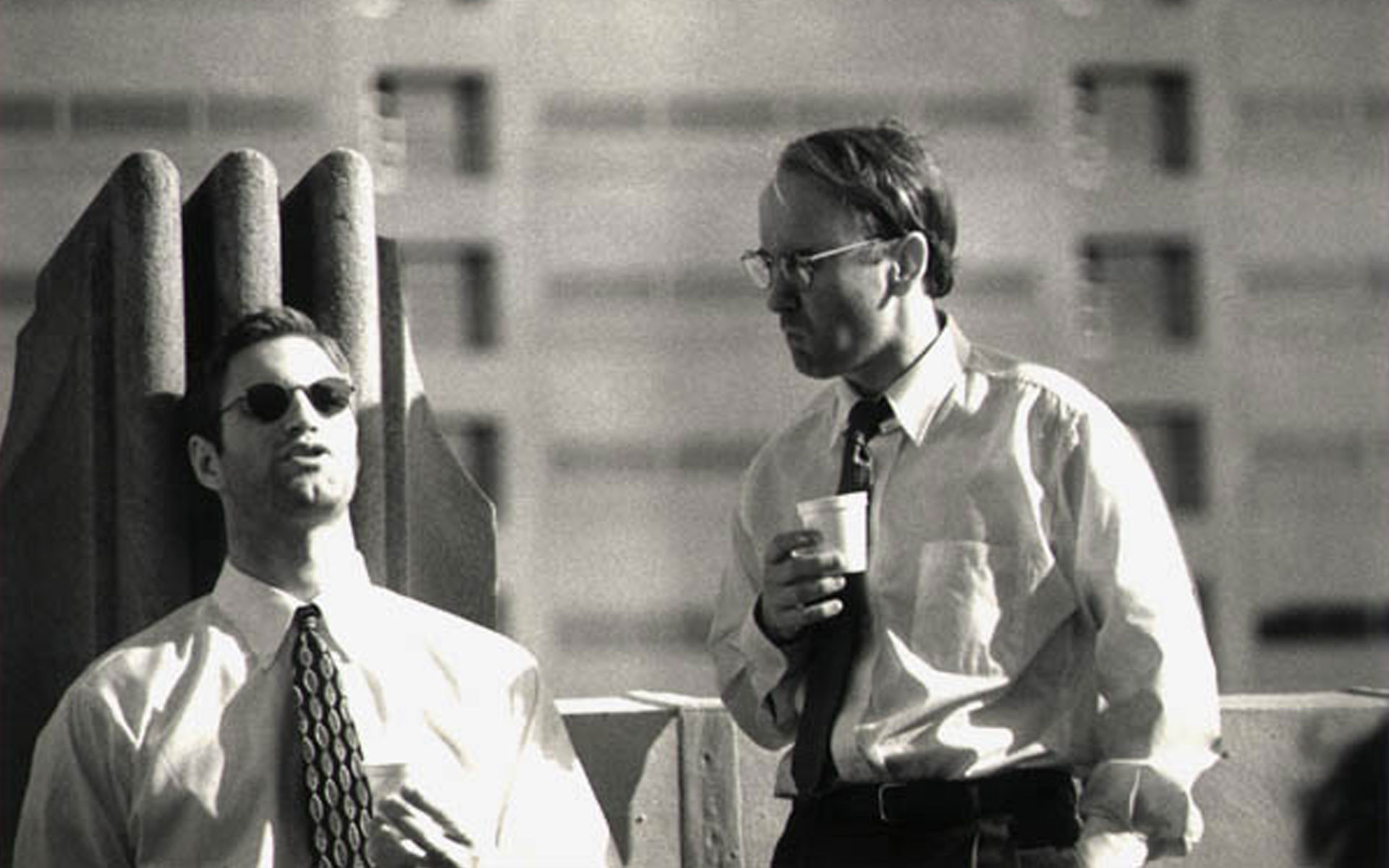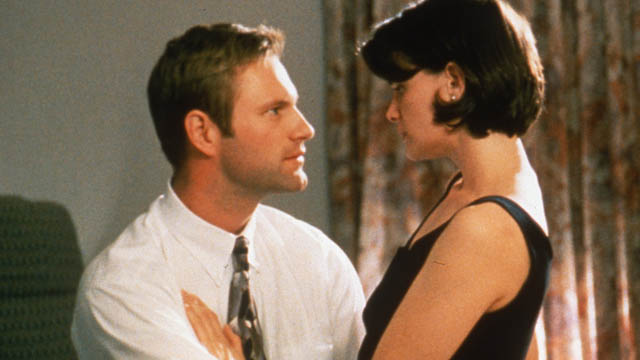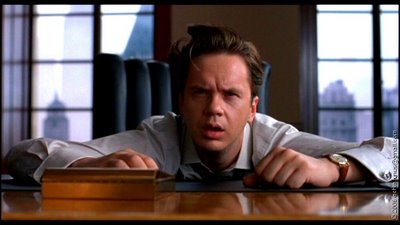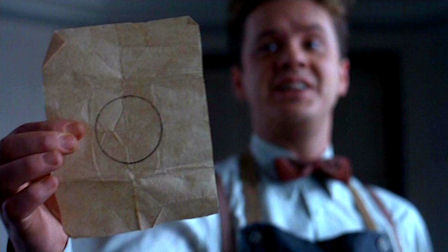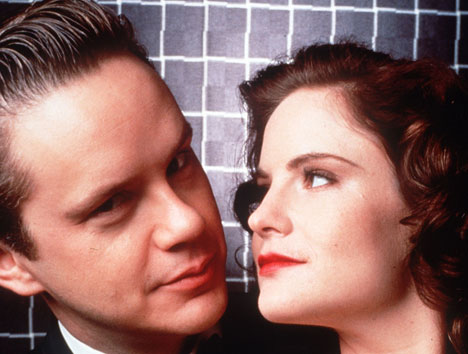Production year 1964
Written and directed by Jacques Demy
Starring Catherine Deneuve and Nino Castelnuovo
Music by Michel Legrand
Often cited as one of the most beautiful films ever made this charming, intensely romantic film turned its stunning lead actress - the 21 year old Catherine Deneuve - into an international star .
Les Parapluies de Cherbourg, to give it the French title, is sung through the film, in which even the most mundane lines of dialogue are set to music, a revolutionary concept at the time.
The story tells of a pair of young lovers in 1950s France, Genevieve played by Deneuve and Guy (Nino Castelnuovo) When Genevieve falls pregnant and Guy leaves for military service their love affair is threatened.
Jacques Demy was a director who emerged in the New Wave of filmmaking in the early 1960s. Unlike some of his contemporaries he was not overly experimental in his techniques but produced a series of films that drew on musicals and fairy tales for their inspiration.
The ravishing cinematography is by Jean Rabier. The music is by Michel Legrand, perhaps the most famous of all French film composers whose scores include The Thomas Crown Affair, The Go Between and Atlantic City.
Les Parapluies de Cherbourg was shot in Eastmancolor, an unstable process that meant the film very quickly faded from the rich and saturated colours seen by audiences in 1964. In the 1990s the director's wife Agnes Varda took the separate colour elements that her husband had archived as a precaution and made a brand new print that reproduced the vivid tones of Demy's original.
The result is often breathtaking and unlike any other film that you will see.
The Umbrellas of Cherbourg won the Palme d'Or at the 1964 Cannes Festival.
